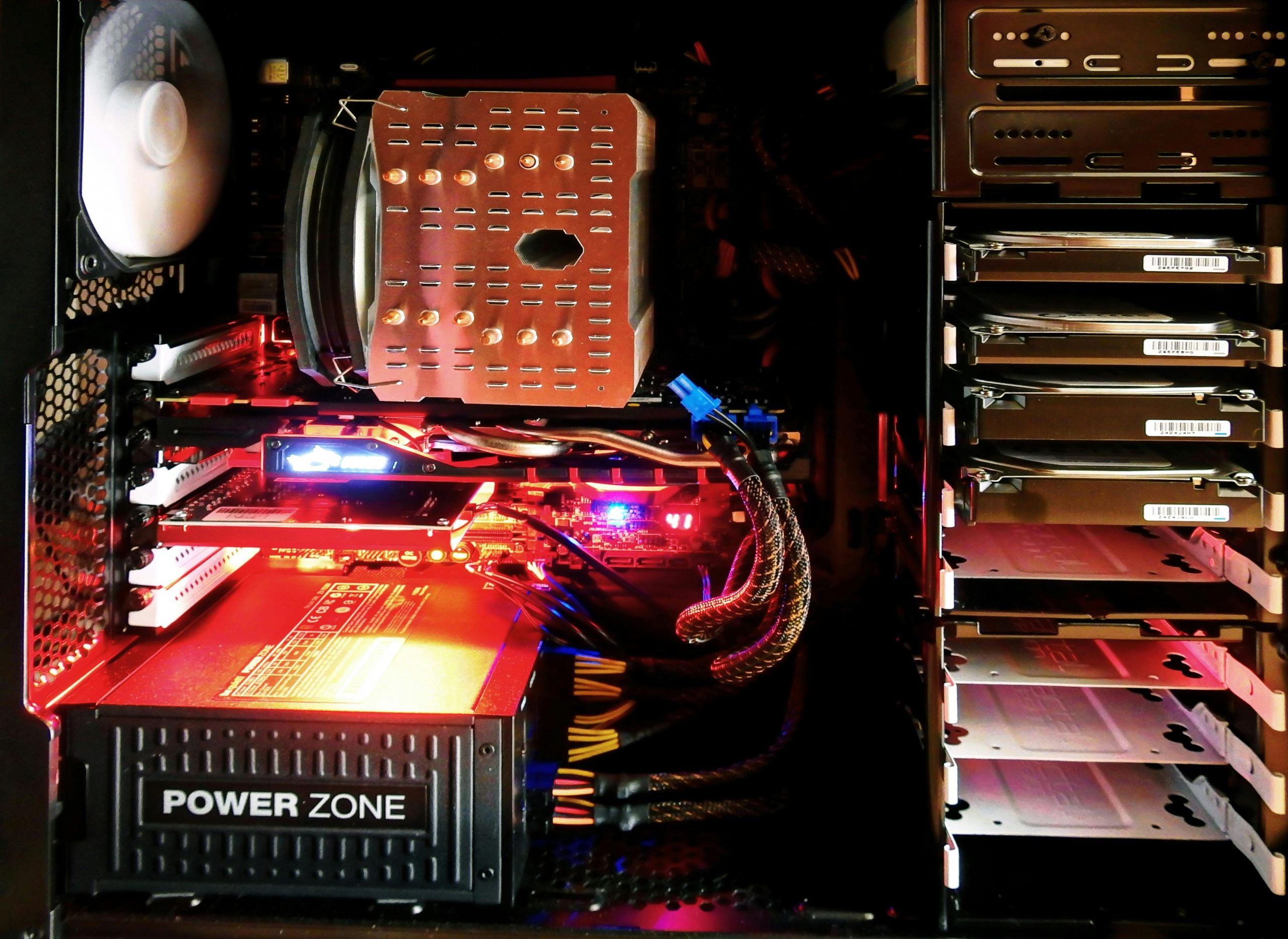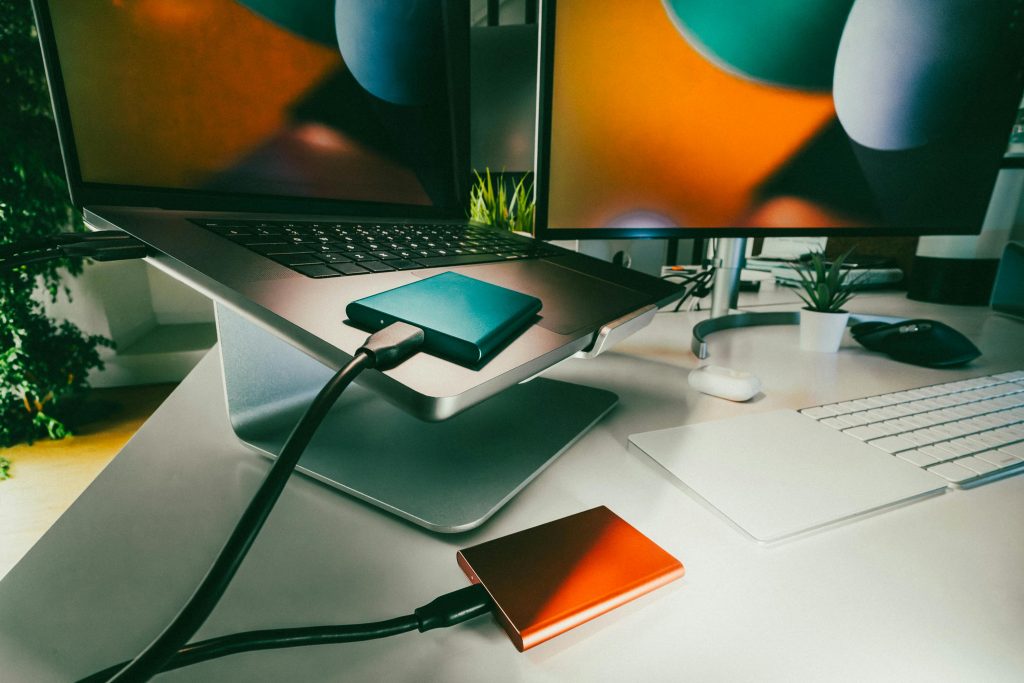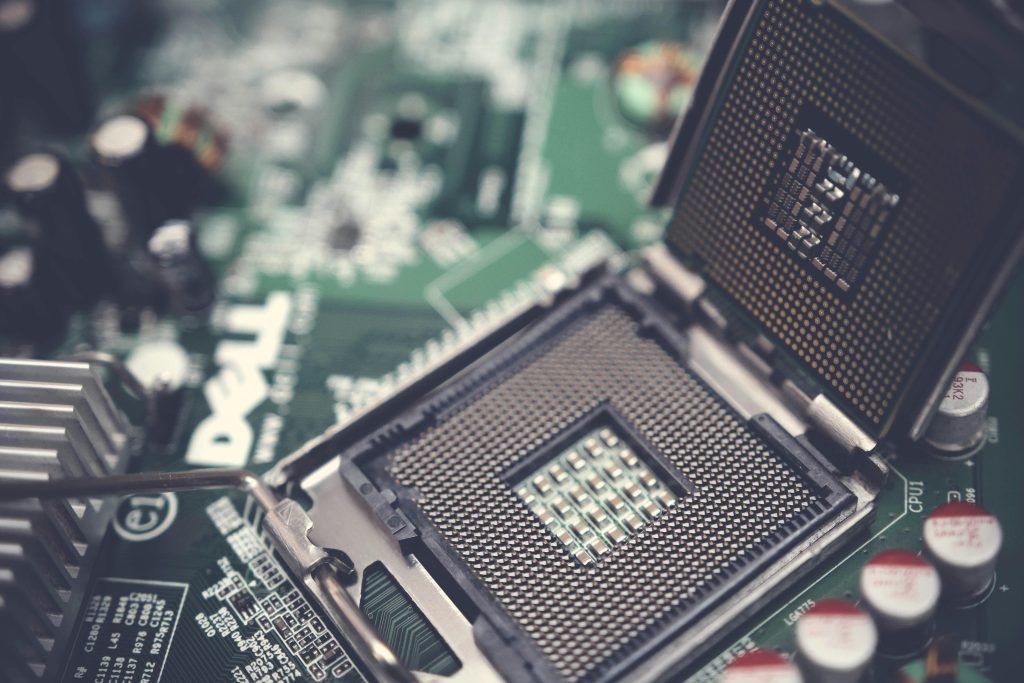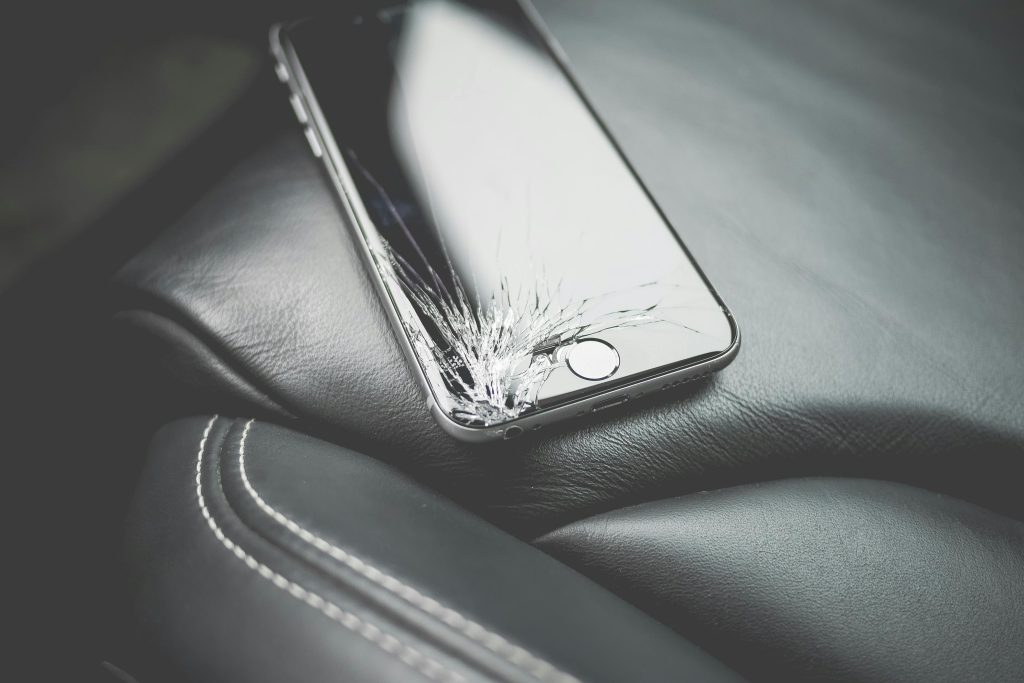Troubleshooting Your Thrifted Samsung SyncMaster: Resolving the “Check Signal Cable” Issue
Recently, I picked up a vintage Samsung SyncMaster 730B monitor from a local thrift store, hoping to breathe new life into this classic hardware. The excitement quickly turned to disappointment when I powered it on, only to be greeted by the message “Check Signal Cable.” If you’ve encountered this frustrating issue with your own monitor or computer setup, read on for some troubleshooting steps that may help you resolve it.
Understanding the Problem
The “Check Signal Cable” alert typically indicates that the monitor is not receiving a valid signal from the connected device, such as a computer. This can stem from various issues, including faulty cables, incorrect input settings, or internal hardware problems.
Investigating the Monitor
To uncover the root of the problem, I decided to open up the SyncMaster 730B. While I didn’t find any obvious damage or loose connections, there were two connectors inside the monitor—one blue and the other white—each featuring multiple holes. These might be related to internal wiring for the monitor’s signal processing.
Possible Solutions
Here are some steps you can take to troubleshoot and potentially fix the “Check Signal Cable” error:
-
Check Your Cables: Start by inspecting the cables connecting your monitor and computer. Ensure they are securely plugged in and replace them if you suspect they might be damaged.
-
Switch Input Sources: Make sure your monitor is set to the correct input source. Many monitors have multiple input options (e.g., VGA, HDMI), and it’s essential that your monitor is set to the one that matches the output from your computer.
-
Test with a Different Device: Connect the monitor to another computer or laptop to determine if the issue lies with the monitor or the original device.
-
Check Display Settings on Your Computer: Sometimes, the display settings on your computer can inadvertently cause this issue, especially if it is set to a resolution or refresh rate that the monitor doesn’t support.
-
Investigate Internal Connections: If you’re comfortable with hardware, examine the internal connections further. Look for any loose connections to the circuit board, particularly near the blue and white connectors.
-
Seek Professional Assistance: If you’ve tried the above steps and still face challenges, it may be best to consult a technician who specializes in computer repair.
Join the Conversation
Have you successfully fixed a “Check Signal Cable
Share this content:




Hi there,
It sounds like you’ve already started troubleshooting your vintage Samsung SyncMaster. Based on your description, here are some additional steps you might consider: